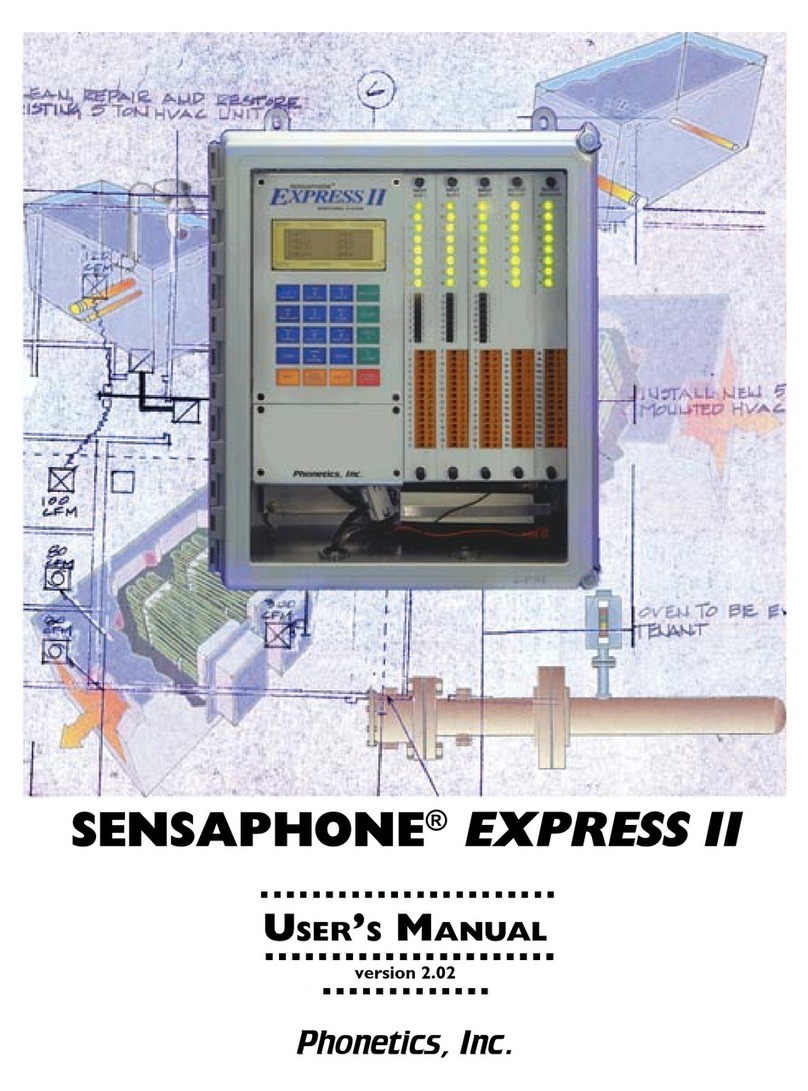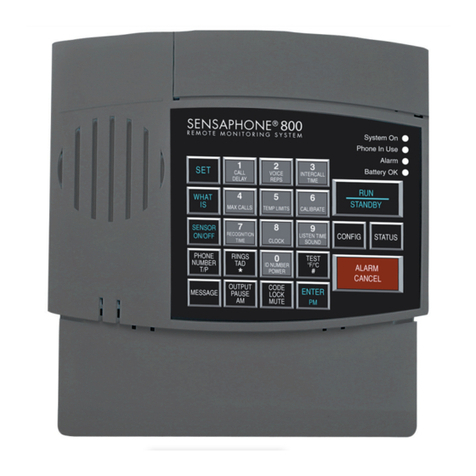WITHOUT WAIVING ANY PROVISION IN THIS LIMITED WARRANTY, IF A CIRCUMSTANCE ARISES
WHERE WARRANTORS ARE FOUND TO BE LIABLE FOR ANY LOSS OR DAMAGE ARISING OUT OF
MISTAKES, NEGLIGENCE, OMISSIONS, INTERRUPTIONS, DELAYS, ERRORS OR DEFECTS IN
WARRANTORS’ PRODUCTS OR SERVICES, SUCH LIABILITY SHALL NOT EXCEED THE TOTAL
AMOUNT PAID BY THE CUSTOMER FOR WARRANTORS’ PRODUCT AND SERVICES OR $250.00,
WHICHEVER IS GREATER.YOU HEREBY RELEASE WARRANTORS FROM ANY AND ALL OBLIGA-
TIONS, LIABILITIES AND CLAIMS IN EXCESS OF THIS LIMITATION.
INDEMNIFICATION AND COVENANT NOTTO SUE:YOU WILL INDEMNIFY, DEFEND AND HOLD
HARMLESS WARRANTORS, THEIR OWNERS, DIRECTORS, OFFICERS, EMPLOYEES, AGENTS,
SUPPLIERS OR AFFILIATED COMPANIES, AGAINST ANY AND ALL CLAIMS, DEMANDS OR
ACTIONS BASED UPON ANY LOSSES, LIABILITIES, DAMAGES OR COSTS, INCLUDING BUT NOT
LIMITED TO DAMAGES THAT ARE DIRECT OR INDIRECT, INCIDENTAL, SPECIAL OR CONSEQUEN-
TIAL, AND INCLUDING ATTORNEYS FEES AND LEGAL COSTS, THAT MAY RESULT FROM THE
INSTALLATION, OPERATION, USE OF, OR INABILITY TO USE WARRANTORS’ PRODUCTS AND SER-
VICES, OR FROM THE FAILURE OF THE WARRANTORS’ SYSTEM TO REPORT A GIVEN EVENT OR
CONDITION, WHETHER OR NOT CAUSED BY WARRANTORS’ NEGLIGENCE.
YOU AGREE TO RELEASE, WAIVE, DISCHARGE AND COVENANT NOT TO SUE WARRANTORS,
THEIR OWNERS, DIRECTORS, OFFICERS, EMPLOYEES, AGENTS, SUPPLIERS OR AFFILIATED
COMPANIES, FOR ANY AND ALL LIABILITIES POTENTIALLY ARISING FROM ANY CLAIM, DEMAND
OR ACTION BASED UPON ANY LOSSES, LIABILITIES, DAMAGES OR COSTS, INCLUDING BUT NOT
LIMITED TO DAMAGES THAT ARE DIRECT OR INDIRECT, INCIDENTAL, SPECIAL OR CONSEQUEN-
TIAL, AND INCLUDING ATTORNEYS FEES AND LEGAL COSTS, THAT MAY RESULT FROM THE
INSTALLATION, OPERATION, USE OF, OR INABILITY TO USE WARRANTORS’ PRODUCTS AND SER-
VICES, OR FROM THE FAILURE OF THE WARRANTORS’ SYSTEM TO REPORT A GIVEN EVENT OR
CONDITION, WHETHER OR NOT CAUSED BY WARRANTORS’ NEGLIGENCE, EXCEPT AS NECES-
SARY TO ENFORCE THE EXPRESS TERMS OF THIS LIMITED WARRANTY.
EXCLUSIVE WARRANTY:THE LIMITED WARRANTY OR WARRANTIES DESCRIBED HEREIN CON-
STITUTE THE SOLE WARRANTY OR WARRANTIES TO THE PURCHASER. ALL IMPLIED WAR-
RANTIES ARE EXPRESSLY DISCLAIMED, INCLUDING:THE WARRANTY OF MERCHANTABILITY
AND THE WARRANTY OF FITNESS FOR A PARTICULAR USE AND THE WARRANTY OF FITNESS
FOR A PARTICULAR PURPOSE AND THE WARRANTY OF NON-INFRINGEMENT AND/OR ANY WAR-
RANTY ARISING FROM A COURSE OF DEALING, USAGE, OR TRADE PRACTICE.
It must be clear that the Warrantors are not insuring your premises or business or guaranteeing that there
will not be damage to your person or property or business if you use this Product.You should maintain
insurance coverage sufficient to provide compensation for any loss, damage, or expense that may arise in
connection with the use of products or services, even if caused by Warrantors’ negligence. The warran-
tors assume no liability for installation of the Product and/or interruptions of the service due to strikes,
riots, floods, fire, and/or any cause beyond Seller’s control, further subject to the limitations expressed in
any License Agreement or other Agreement provided by Warrantors to purchaser.
The agreement between the Warrantors and the Purchaser, including but not limited to the terms and
conditions herein shall not be governed by the Convention for the International Sale of Goods. Where
applicable, the Uniform Commercial Code as adopted by the State of Delaware shall apply.
4. PROCEDURE FOR OBTAINING PERFORMANCE OF WARRANTY:In the event that the Product
does not conform to this warranty, the Product should be shipped or delivered freight prepaid to a
Warrantor with evidence of original purchase.
5. LEGAL REMEDIES AND DISCLAIMER:Some jurisdictions may not allow, or may place limits upon,
the exclusion and/or limitation of implied warranties, incidental damages and/or consequential damages
for some types of goods or products sold to consumers and/or the use of indemnification terms. Thus,
the exclusions, indemnification terms and limitations set out above may not apply, or may be limited in
Sensaphone Model 4100 Instruction Manual
ii





























